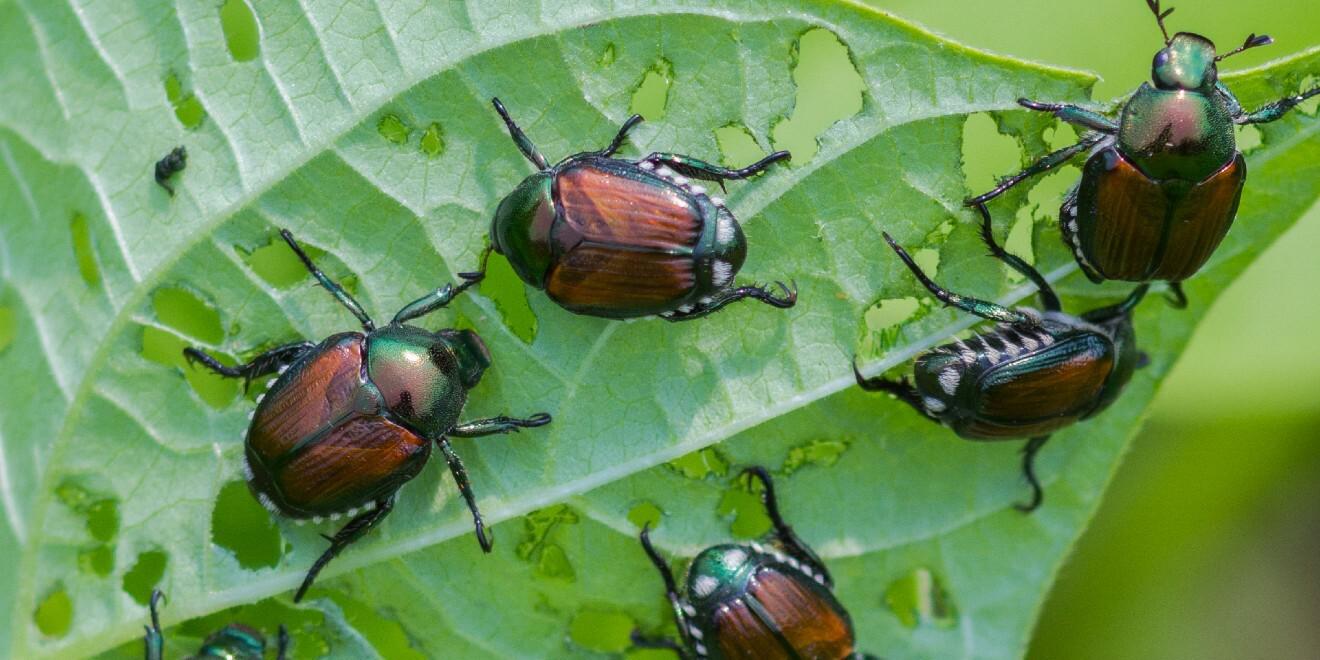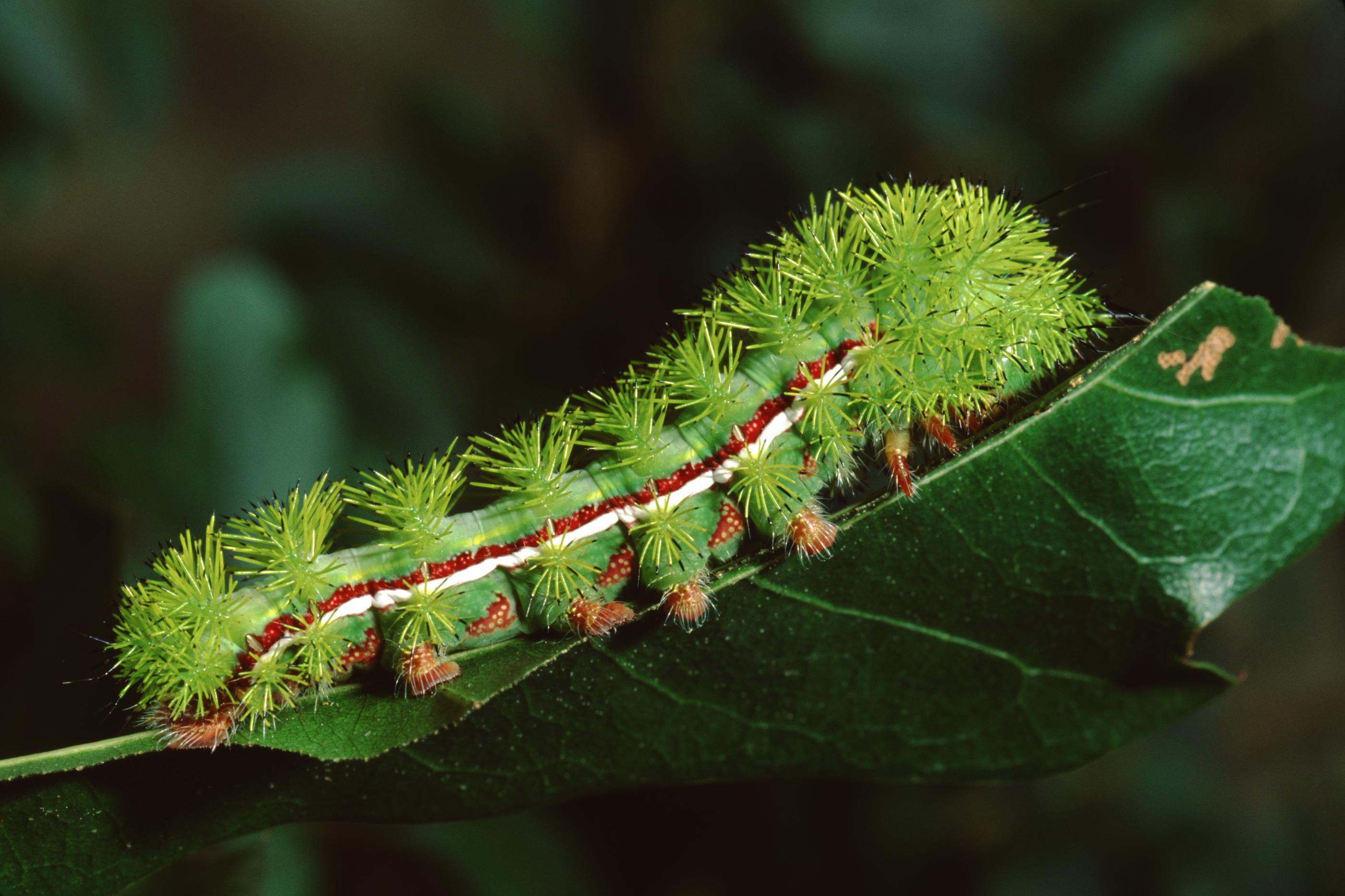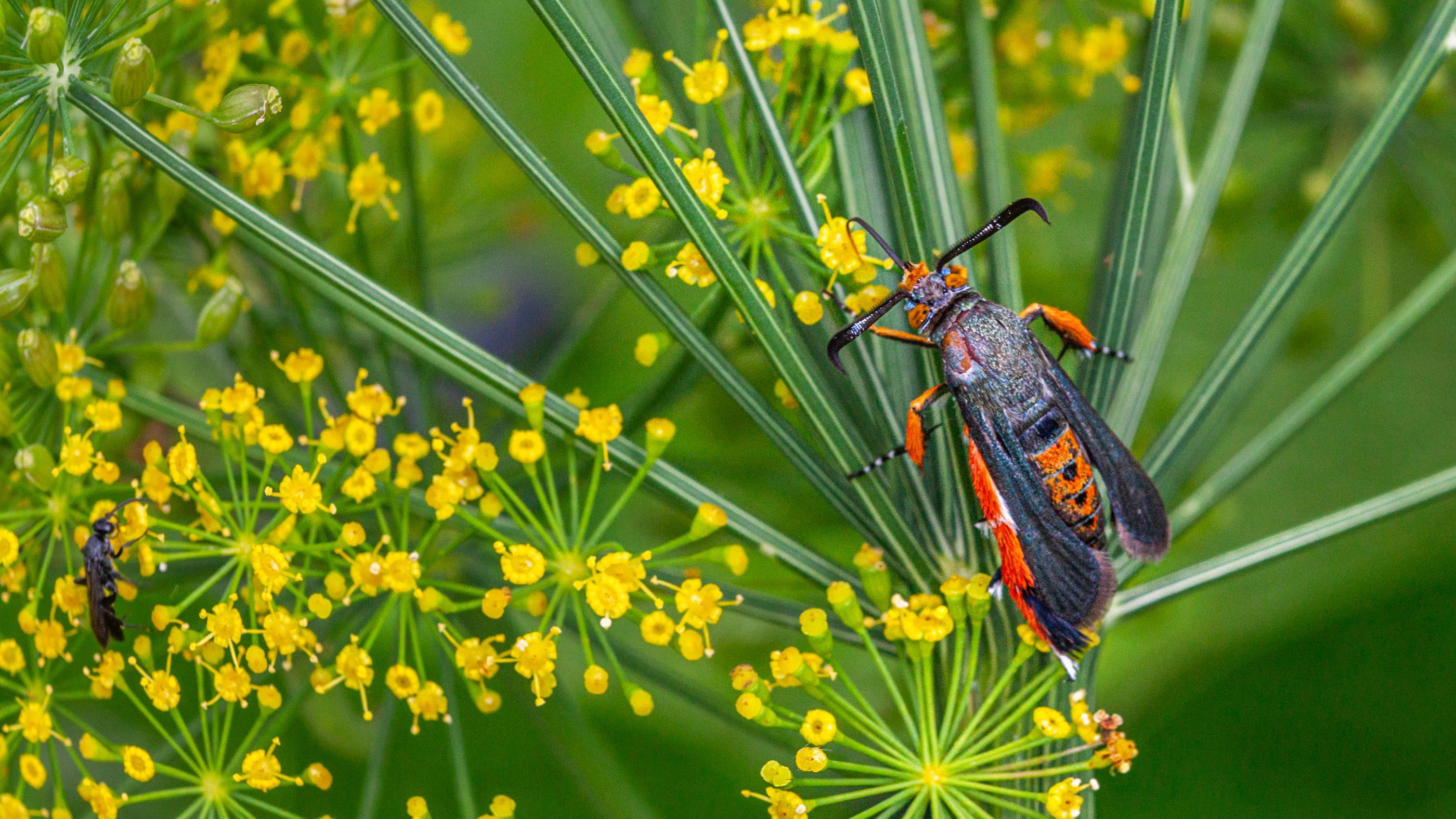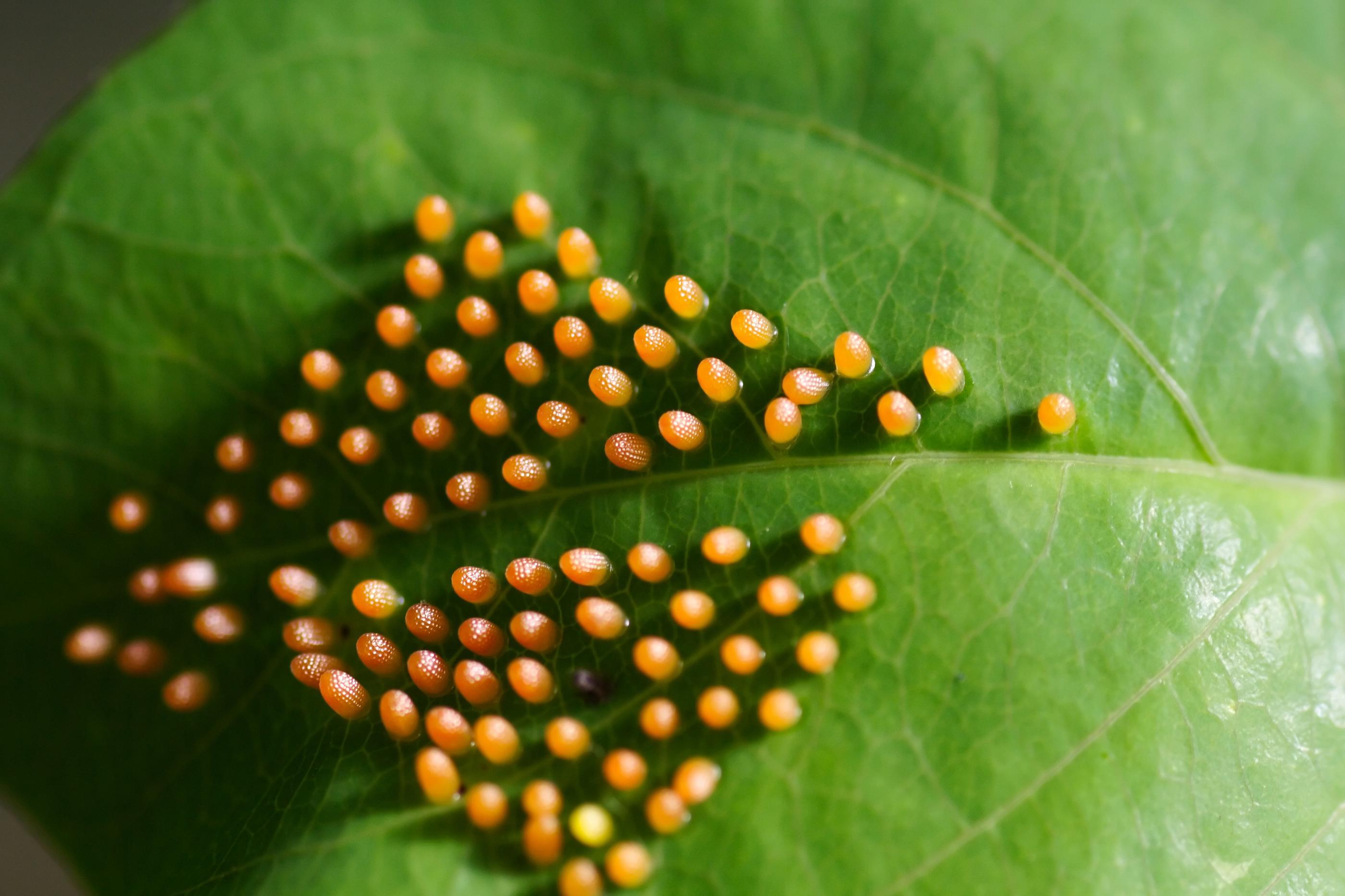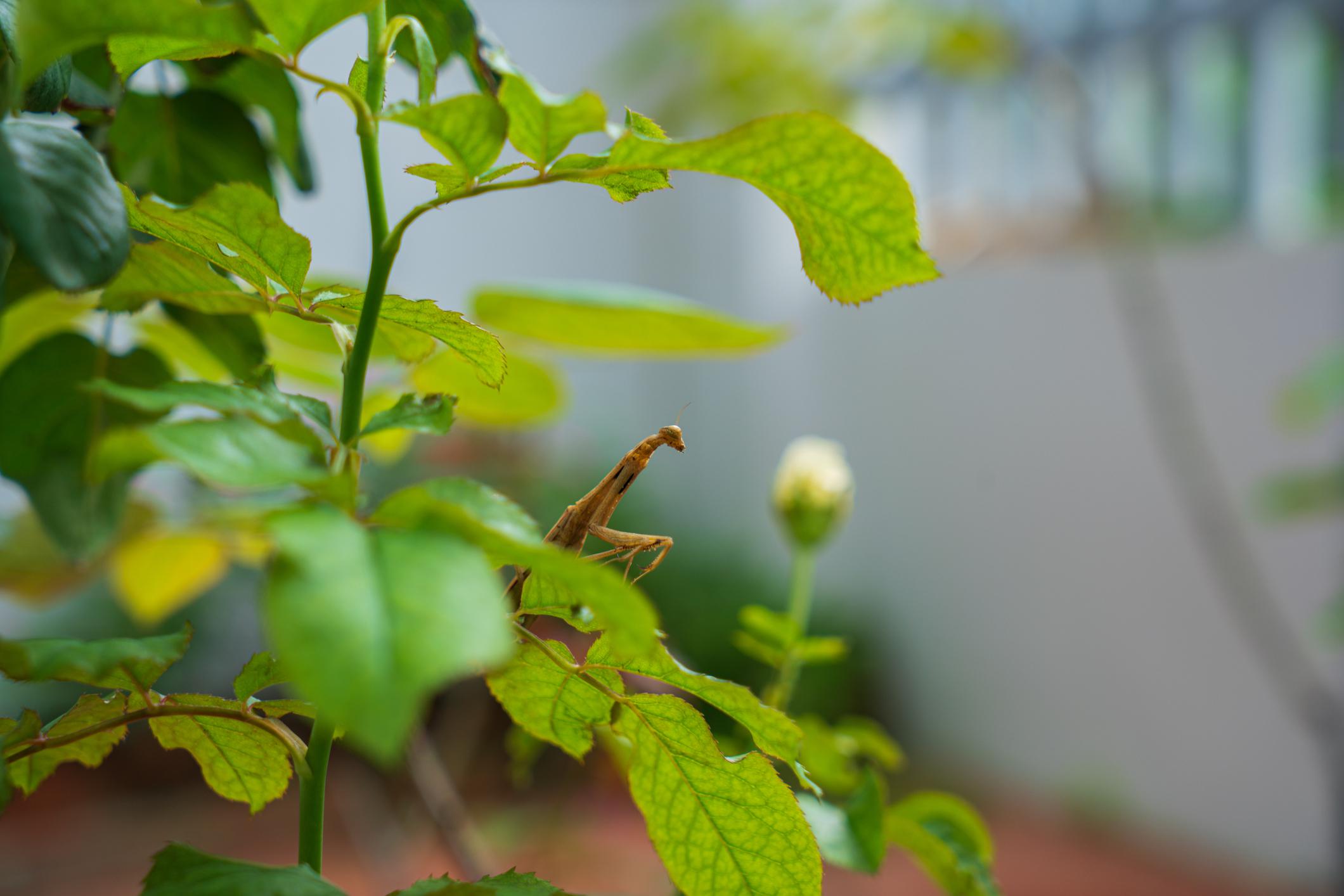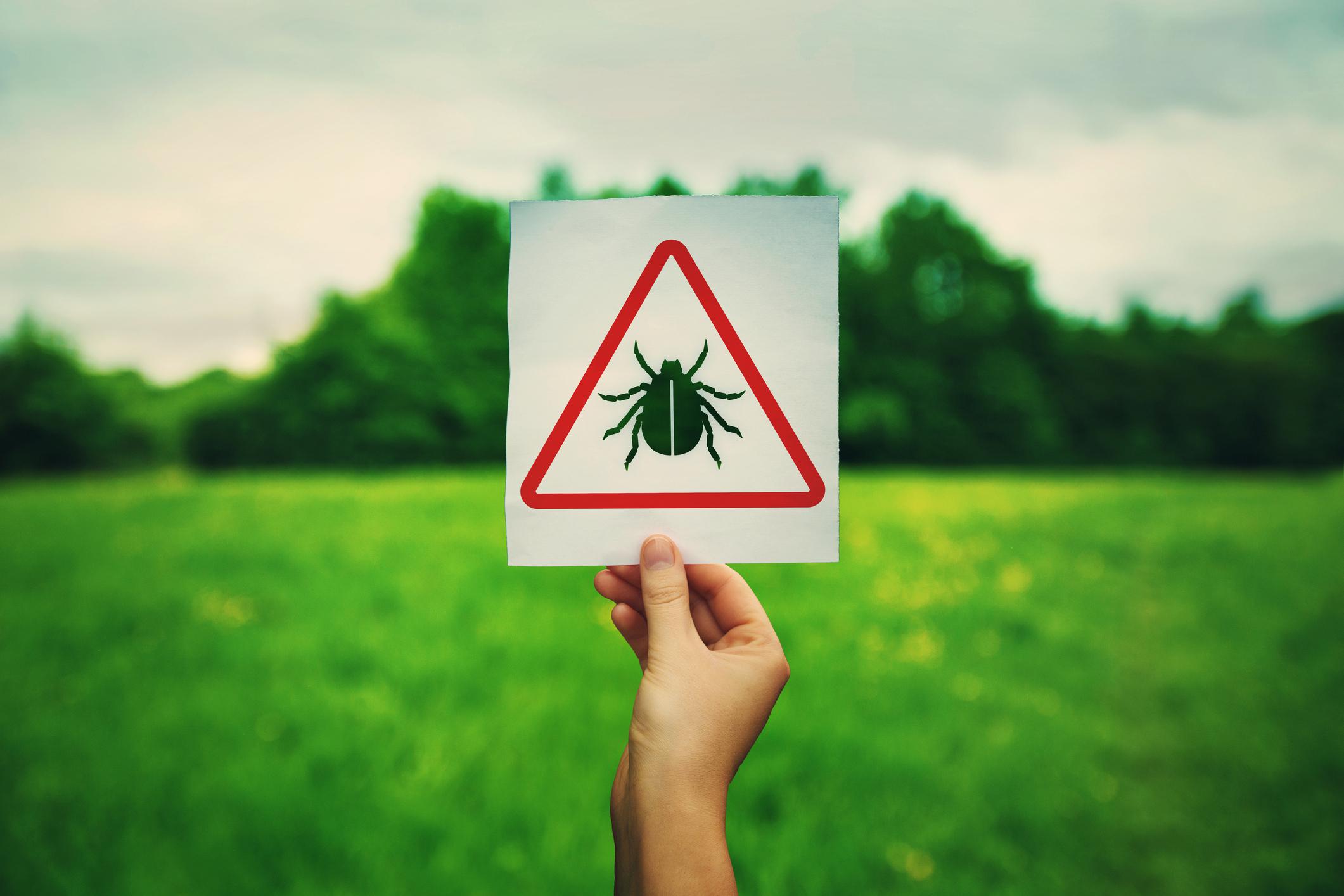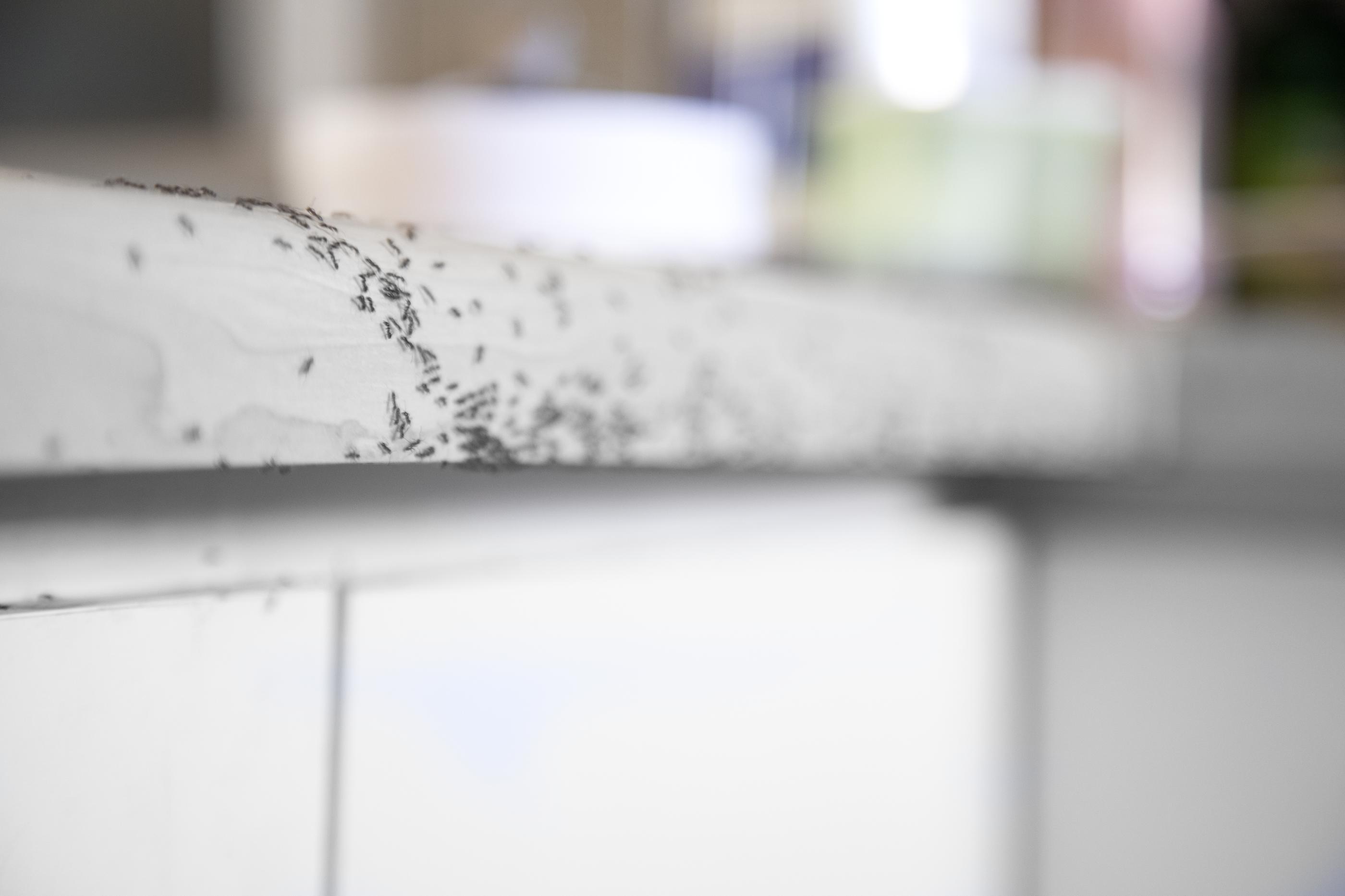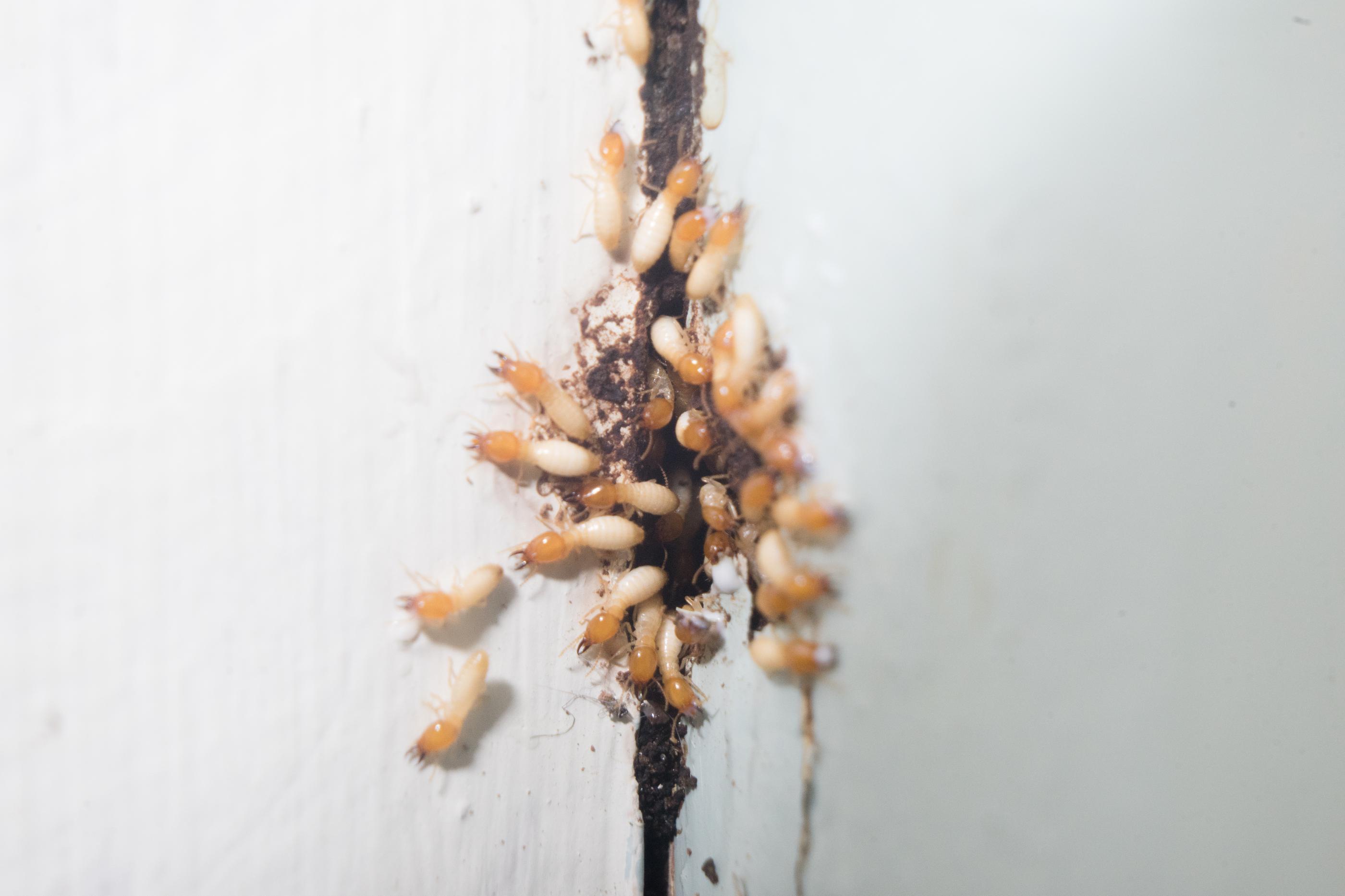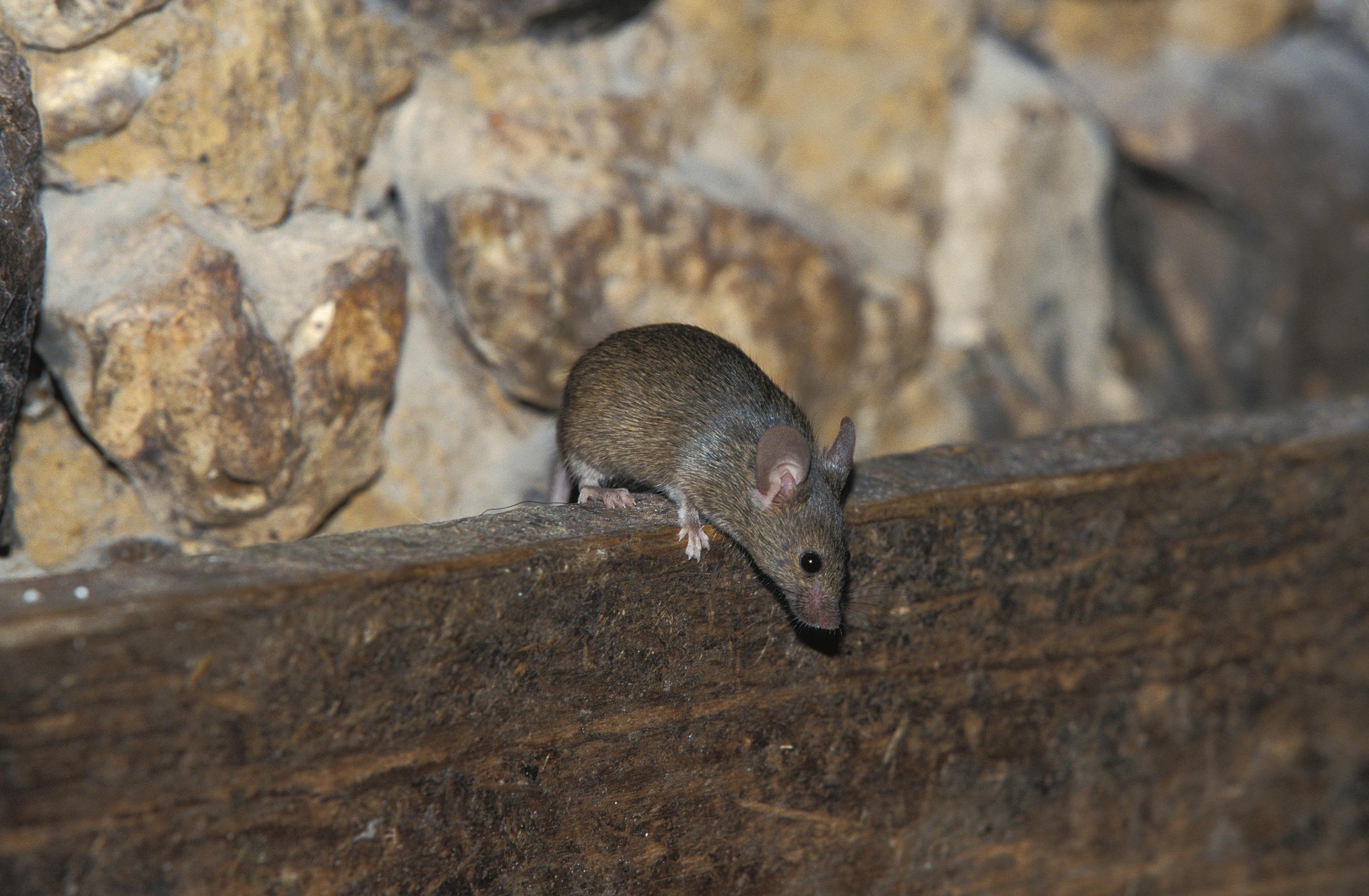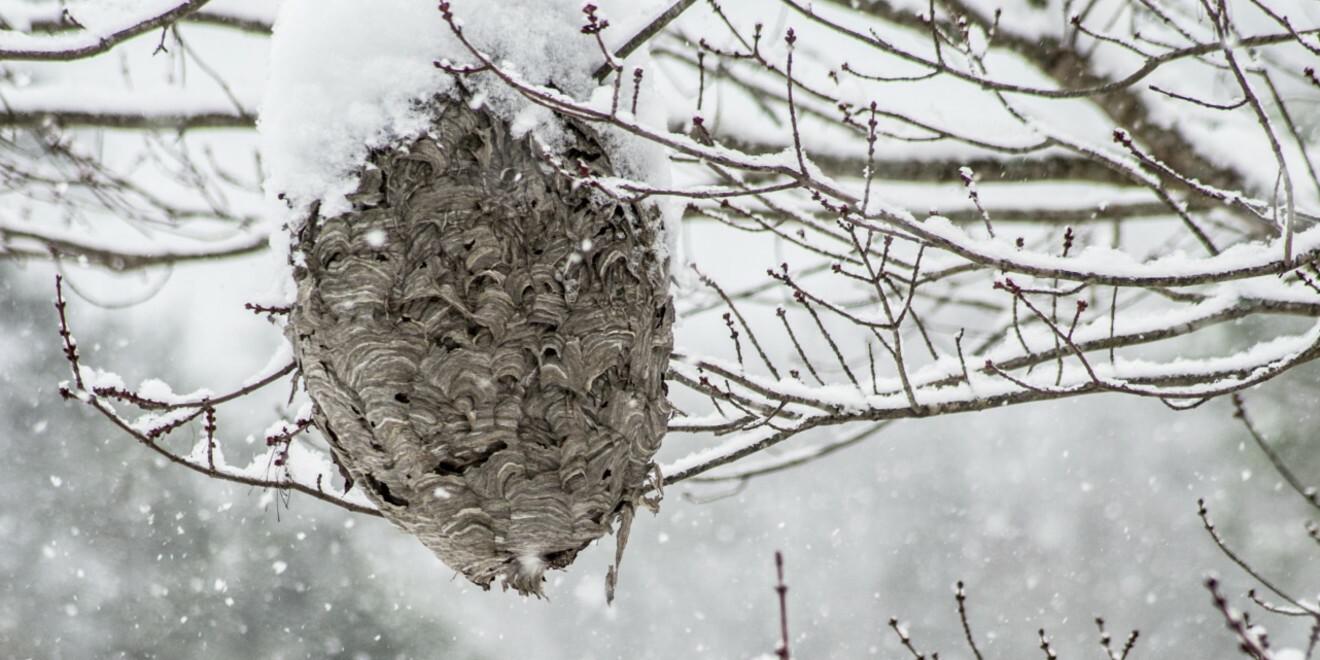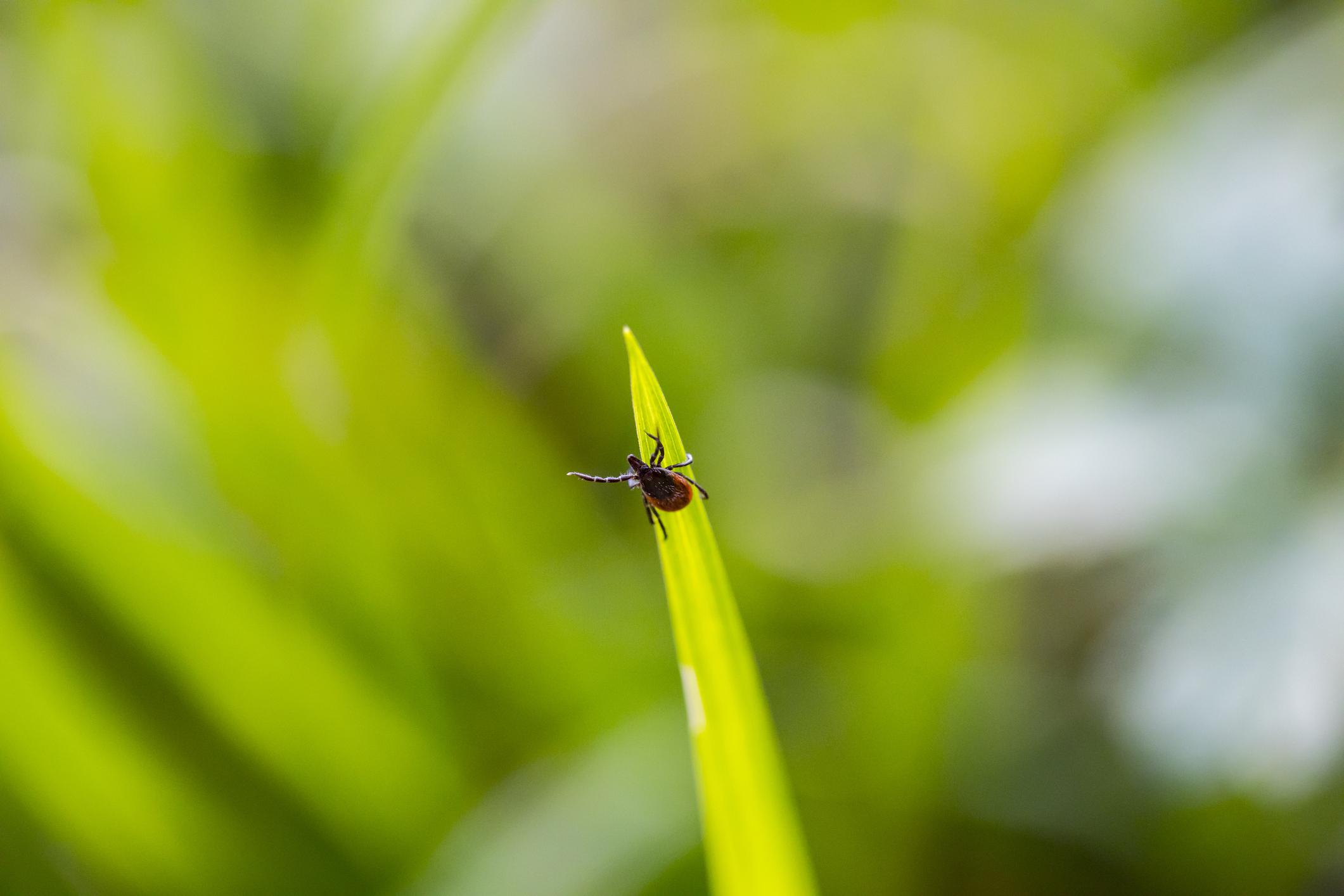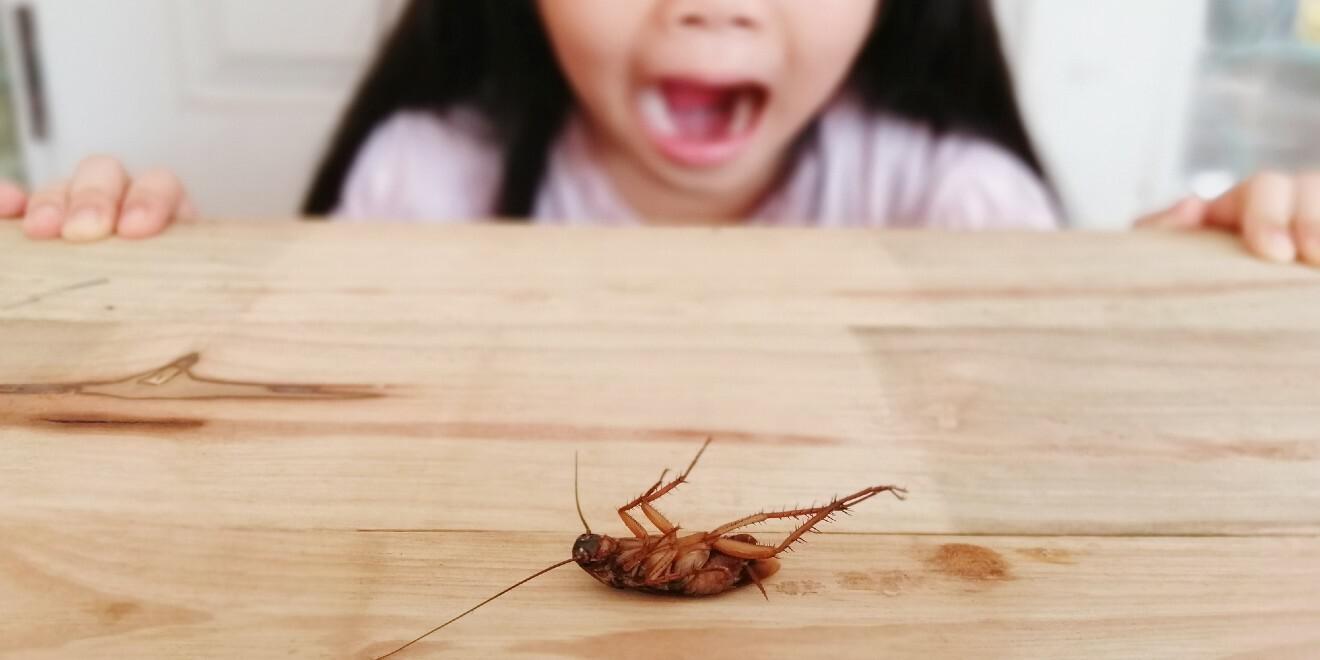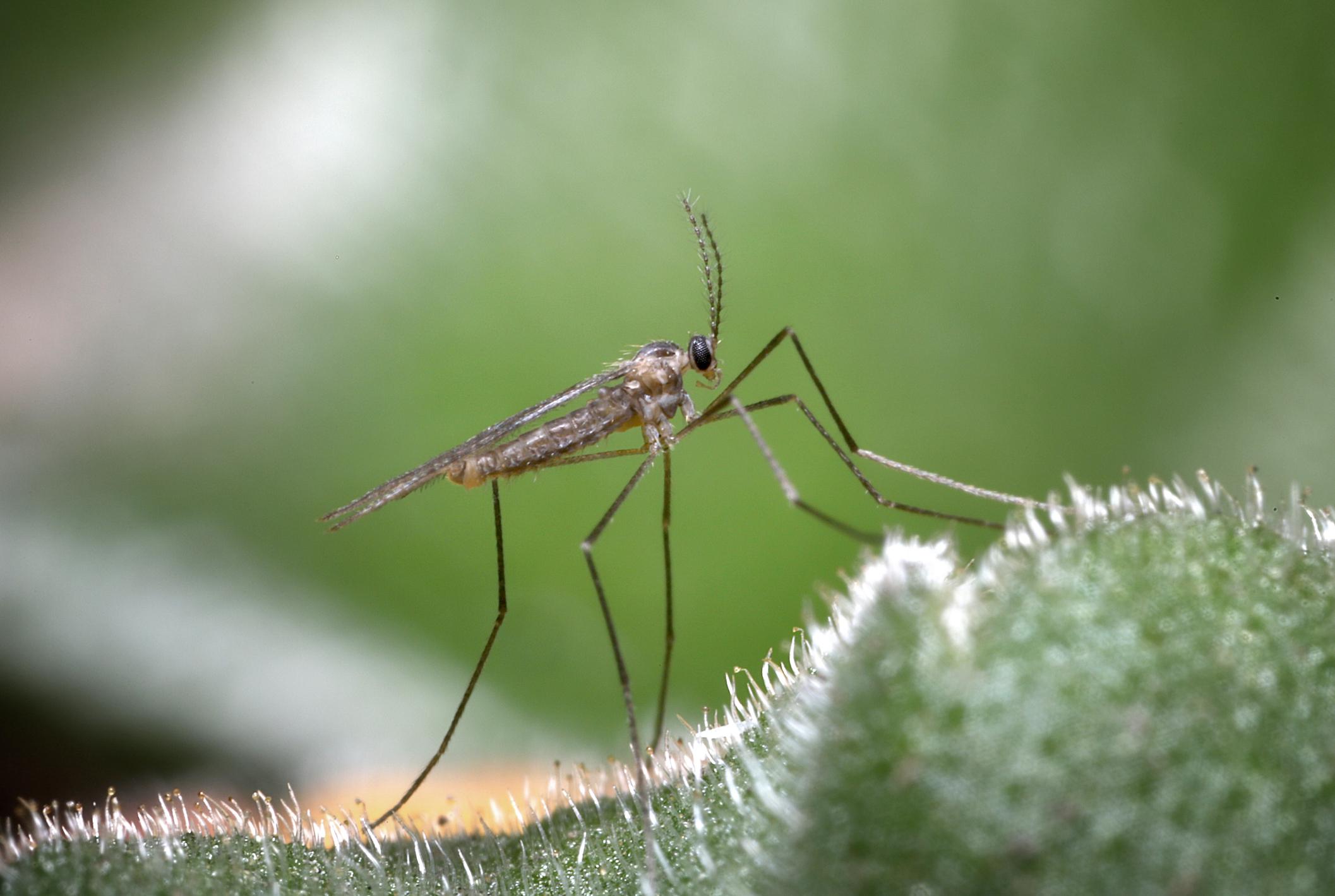What's All the Buzz Around No-See-Ums?
Posted by Mosquito Squad
December 20, 2023
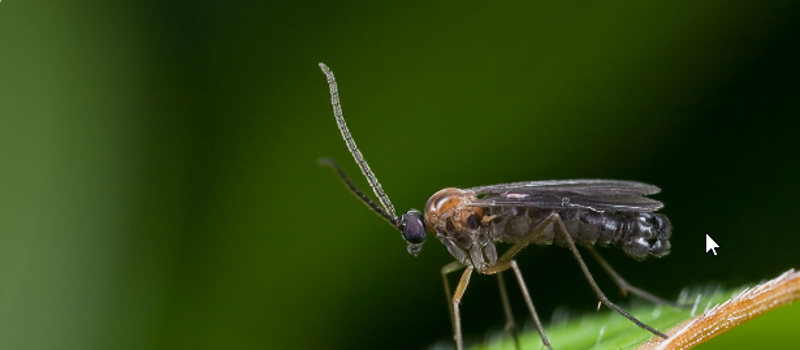
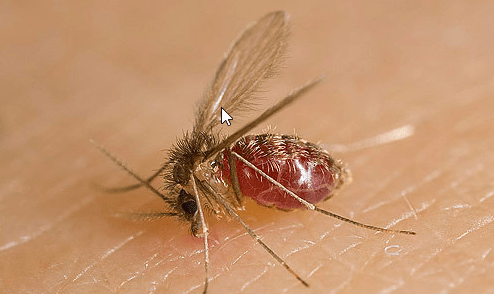
Have you ever heard of a no-see-um? Perhaps you've felt their tiny - yet incredibly annoying and itchy - bites without even realizing it.
These small, biting flies are no bigger than three millimeters in size, making it tough to spot them. In fact, you'll probably only notice them after you've been bitten!
Often confused with mosquitoes, these are very different pests that require a very different approach when it comes to keeping their populations under control.
In this post, we'll dive into the world of no-see-ums so you can learn more about everything you need to do to keep them at bay.
What is a No-See-Um?
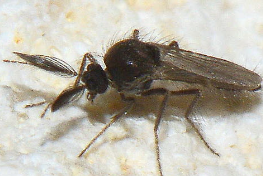
Believe it or not, there are over 4000 species of no-see-ums in the world, and 600 of those are found in the United States. These tiny creatures can live for about two to six weeks, and a female can lay up to 200 eggs at each time. The females pose the biggest problem - they're the biters you need to worry about.
No-see-ums, also known as biting midges, are typically found in damp areas with a consistent food source like wet soil, dung droppings, and vegetation, among other things. While they do feed on insects and other non-human animals, it's only the females that bite, doing so when they need blood to reproduce.
If you live in an area where no-see-ums roam, you've undoubtedly experienced the discomfort of their bites. Their bite is itchy and irritable, leaving you with tiny red bumps all over your skin. It's particularly frustrating because you can't even see the culprit that's doing all the snacking!
No-see-ums are closely related to sand flies in other parts of the world. They may be small, but they play an important role in the ecosystem as they serve as a food source for other animals like birds and bats.
However, when it comes to humans, they are nothing but a royal pain.
Is a No-See-Um the Same as a Mosquito?
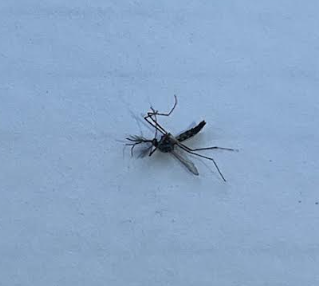
Both mosquitoes and no-see-ums are tiny flying insects that are attracted to humans and their blood. They both can be found in areas with standing water, such as ponds and swamps. In terms of their habits, they both tend to be more active and bite more frequently during dusk and dawn.
And let's be real - both leave itchy, red bites that can ruin anyone's outdoor fun.
However, there are a few key differences between the two, the biggest one being that no-see-ums are much smaller than mosquitoes. In fact, they're so small that you often don't even see them until it's too late. Plus, while mosquitoes are notorious for carrying and transmitting diseases such as West Nile virus and malaria, no-see-ums generally do not transmit diseases to humans.
In certain warm climates like South America, there are some no-see-um relatives that can transmit parasites, but it's incredibly rare and not a concern for most of us in the US.
While they may not transmit diseases to humans, they can still be a nuisance - especially if you're a farmer. No-see-ums are capable of transmitting bluetongue, a virus that affects livestock such as sheep and deer. Fortunately, there are vaccines available for animals to prevent infection. As for us humans, the main concern is the nasty bites they leave behind.
How Do You Get Rid of No-See-Ums?
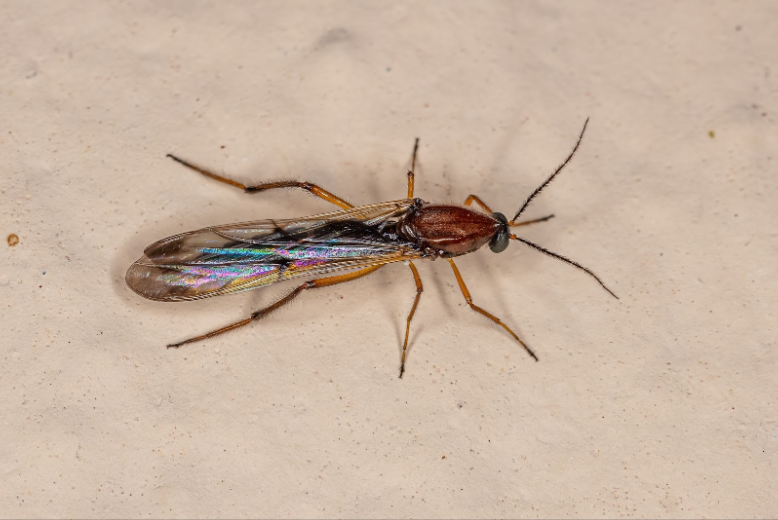
One of the most effective methods to get rid of no-see-ums is by encouraging natural predators like bats, birds, dragonflies, and frogs. These animals eat no-see-ums, and their presence in your yard can significantly help reduce the population of these pesky bugs. Consider adding bird feeders and birdhouses around your yard, adding a little pond, or establishing a bat box.
Even more effective is to clean up standing water. Like mosquitoes, no-see-ums breed in stagnant water bodies, so this step is crucial. Remove any items that can retain water, like buckets, toys, or tires.
Keep your gutters clean and ensure that water drains away from your house's foundation. If you have a birdbath or backyard pond, make sure to add a fountain or aerator since no-see-ums need a still surface to lay their eggs. Clean up vegetation, too, since these pests thrive in overgrown vegetation.
Unfortunately, traditional mesh screens won't keep no-see-ums from entering your home. These insects are tiny enough to fly through regular screens, so you'll need 20-mesh or 30-mesh screen material to keep them out.
Another downer? No-see-ums typically aren't controlled by the same insecticides that keep mosquitoes at bay - so if you're being bitten by a flying insect even after you've had your property treated for mosquitoes, it's likely a no-see-um.
Most insecticides, in fact, aren't great at controlling these pests (and DEET can cause more harm than good in the long run) - so you may need to turn to another strategy instead. That's why it's so important to call a professional pest control company when you're having trouble with no-see-ums.
The Takeaway
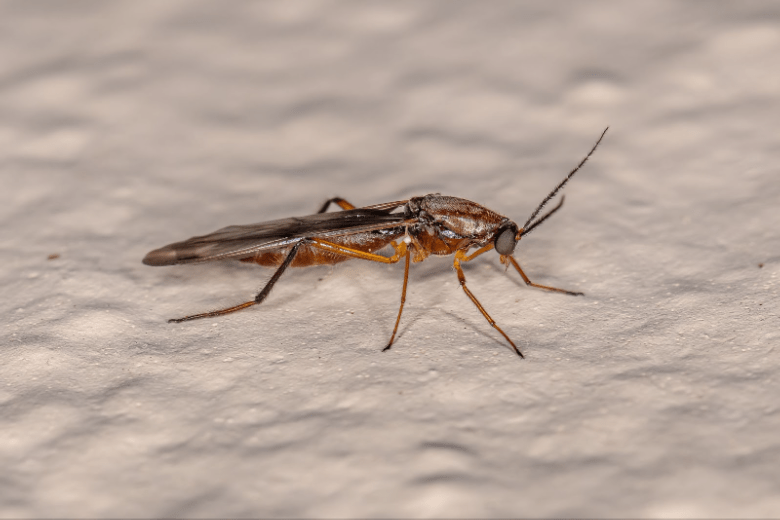
No-see-ums are a nuisance, but here in Los Angeles and the surrounding areas, including Beverly Hills, Canyon Country, Carson, El Segundo, and Ventura, to name a few, they really don't have to be.
By following the tips mentioned above - and by calling in some professional help from the Mosquito Squad Los Angeles - you can enjoy your evenings outside without worrying about no-see-um bites.
Don't let no-see-ums cramp your style. Enjoy a summer without swatting by giving the Mosquito Squad Los Angeles a call!

